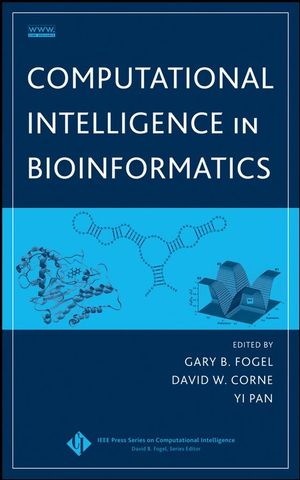
If you interfere with the lives of those animals, the probability of viruses transmitting from animals to humans rises. That is the inference reached by scientist researchers from the United States . They are based on a large-scale analysis that focused on 142 zoonoses, or viruses that have spread from animals to humans.
Virus transmission from animals to humans, according to scientists, is a direct product of our behaviors influencing wildlife. According to researcher Christine Kreuder Johnson, “as a result, they exchange their viruses with us.”
More zoonoses
The processes that allow wild animals to transmit their viruses to humans are thus similar to the processes that cause many of these species to be trapped at the moment. It can all be traced back to the fact that humans are increasingly encroaching on the habitat of animals. And that in turn leads to zoonoses appearing more and more often, According to scientist researcher. Zoonoses are not a new concept; they have posed a threat to humans throughout history. Almost 70% of human infections originate from other animal species. What is new is the alarmingly high speed at which new zoonoses emerge. Our study identifies the driving forces behind that recent trend.
Watch How Animal Diseases affect Your Health
COVID-19
It is also too hasty to assume from this review that COVID-19 would never have had a chance if we had been much more constrained. The presence of COVID-19 is the product of an unlucky confluence of many ecological and epidemiological forces, some of which were previously unknown to us and are only now being increasingly unraveled. Many of these variables have converged in ways that we could not have anticipated, and it is impossible to forecast what would lead to the introduction of a new epidemic of such a large size and effect as COVID.
These insights come too late for SARS-CoV-2; the virus has already spread around the world and has taken a heavy toll in many countries. But perhaps this misery can also open our eyes. According to the researcher “It often takes a devastating health disaster to make people think not only about a response, but also about prevention. We hope this crisis will lead policymakers to do more to prevent the next virus from spreading to humans and causing a pandemic. We are also hopeful that people will learn from this and realize how great the impact they have on nature and how great the impact that nature has on us as a result. ”So, if you see a wild animal wandering through your area, don’t be afraid to call or seek for help from wildlife removal they can keep your houses safe and disease-free by controlling animals and keeping wildlife out.




